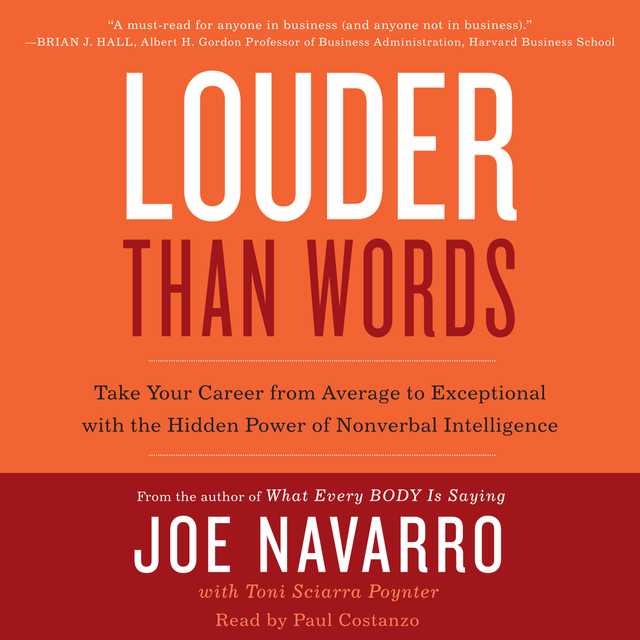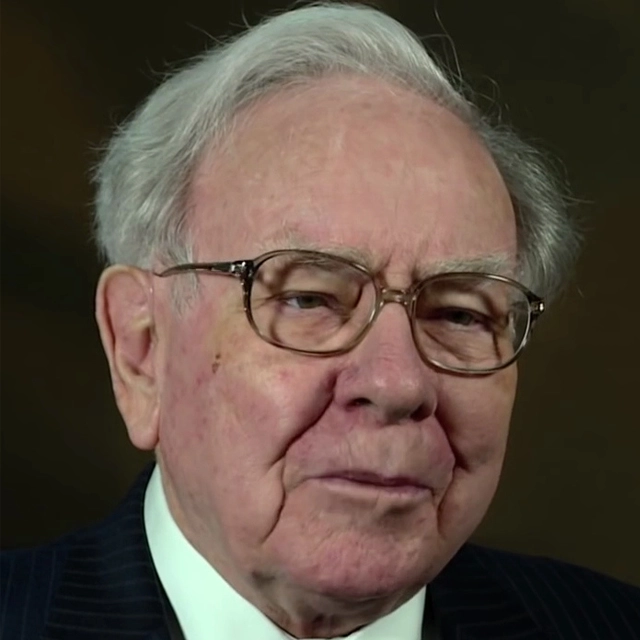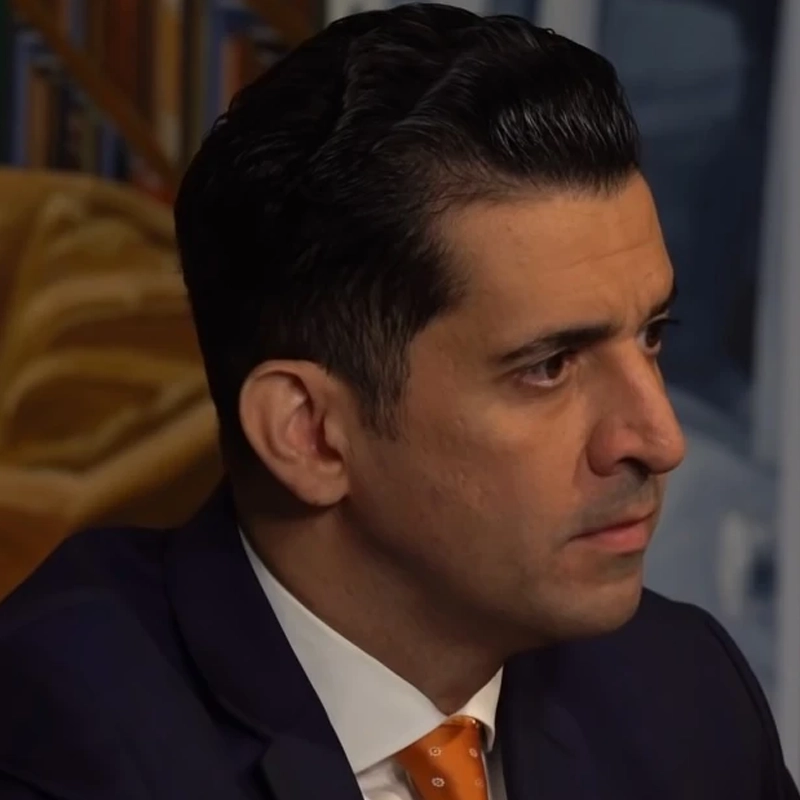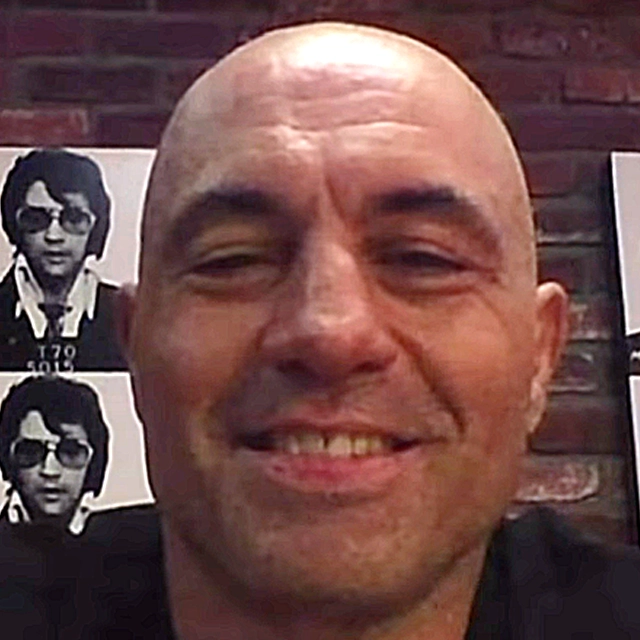Louder Than Words Audiobook Summary
International bestselling author and behavior expert Joe Navarro helps you successfully navigate the business world by understanding what your boss and coworkers are really thinking.
Why is it that some people have all the elements of success–education, skills, integrity, motivation–but can’t seem to move from effectiveness to excellence in their careers? Behavior expert Joe Navarro reveals the long-sought answer. Louder Than Words teaches how to master nonverbal intelligence, the ability to interpret and use nonverbal signals–in poker terms, “tells”–in business to assess and influence others.
Drawing on his decades in the behavioral sciences, Navarro shows how to use his simple yet powerful “comfort/discomfort” model to decode what’s really being said at meetings, interviews, negotiations, presentations, business meals, and more, including the casual exchanges that often impact decisions and reputations.
Jump-start your career as you discover how to:
- Read body language to understand what clients, coworkers, interviewers, or interviewees are thinking, feeling, or intending, and discern nonverbal cues of concern, disagreement, or doubt–even over the phone
- Master the all-important first impression and use settings, seating, and gestures to inspire and captivate
- Recognize habits that send the wrong message, from nail biting to wearing inappropriate attire–and see what posture, work practices, workspaces, and even electronic habits say about people
- Become culturally aware and gender-sensitive, from best handshake practices to personal space preferences
- Learn what the “comfort dividend” can do for you and your business
- Explore how the concept of “curbside appeal” applies to you and your business, and can mean the difference between average and exceptional
Use Louder Than Words to close the deal, keep your customers, secure new ones, and lead your company with confidence. For job seekers looking to stand out from the pack, this book is your get-back-to-work bible.
Other Top Audiobooks
Louder Than Words Audiobook Narrator
Paul Costanzo is the narrator of Louder Than Words audiobook that was written by Joe Navarro
FBI Special Agent (Ret.) JOE NAVARRO worked for the Bureau in counterintelligence and counterterrorism. He is now a lecturer and consultant for major companies worldwide. He is the author of What Every BODY is Saying, and has appeared on Hardball with Chris Matthews, the Today Show, the CBS Early Show, CNN, Fox News, and other major media. He lives in Tampa, Florida.
About the Author(s) of Louder Than Words
Joe Navarro is the author of Louder Than Words
More From the Same
- Author : Joe Navarro
- Be Exceptional
- What Every BODY is Saying
- Three Minutes to Doomsday
- The Dictionary of Body Language
- Publisher : HarperAudio
- Abraham
- American Gods [TV Tie-In]
- Dead Ringer
- House of Sand and Fog
- Prey
Louder Than Words Full Details
| Narrator | Paul Costanzo |
| Length | 6 hours 49 minutes |
| Author | Joe Navarro |
| Category | |
| Publisher | HarperAudio |
| Release date | May 07, 2013 |
| ISBN | 9780062287960 |
Subjects
The publisher of the Louder Than Words is HarperAudio. includes the following subjects: The BISAC Subject Code is Business & Economics, Business Communication, General
Additional info
The publisher of the Louder Than Words is HarperAudio. The imprint is HarperAudio. It is supplied by HarperAudio. The ISBN-13 is 9780062287960.
Global Availability
This book is only available in the United States.
Goodreads Reviews
Loy
March 25, 2012
Loy Machedo’s Book Review – Louder than Words by Joe Navarro (with Toni Sciarra Poynter)Joe Navarro, born 1953 is an author, public speaker and ex-FBI agent. He specializes in the area of nonverbal communication or body language and has authored the following books• Advanced Interviewing Techniques; Proven Strategies for Law Enforcement, Military, and Security Personnel. • Hunting Terrorists: A Look at The Psychopathology of Terror. • Read 'Em and Reap: A Career FBI Agent's Guide to Decoding Poker Tells • What Every Body is Saying. • Louder Than Words: Take Your Career from Average to Exceptional with the Hidden Power of Nonverbal Intelligence. Now Louder than words is around 223 pages divided into 9 Chapters.On the plus side:• Brilliant observations: Small changes in the way you position your hands, your feet, the way you move your eyes, eye brows, lips, head – speak volumes. The book has revealed the practical side of real day-to-day non-verbal communication. • Tips & Suggestions: There are a few pages dedicated to the ‘how-you-can-succeed’ using the principles of non-verbal communication outlined in this book.• Out-of-the-box-approach: When someone says non-verbal body language, we tend to focus on the body by itself. However, Navarro goes further than that and points out to the surroundings, the messy desk, the excessive use of perfume, the clothes the person wore and quite a number of intricate details people tend to miss out on. I loved the emphasis on the external surroundings.On the negative side:• More visual examples: There were a few which were extremely useful. However, they were not enough.• The big question: The book poses as an observational text rather than a corrective manual. I am sure he could have given more suggestions and ideas. I am not sure why he didn’t choose to do so.• Formal is everything? There is too much focus on the formal side of business. I may be a bit prejudiced here as I am completely tattooed and he didn’t speak very highly of tattooed people – but that being said, there is a big world out there that does not necessarily live in the stiff-upper-lip-corporate world. So this is not a book that covers everything. Overall summaryAn intelligent summary of thoughts by a gentlemen who dedicated his life to the one of the toughest crime-fighting organizations in the world. A well written script and a very interesting read. I loved the simplicity, honest and truthfulness that glowed throughout the book. However, I know by reading in between the lines, there is a lot he could not spit out, by virtue of his association with one of the most top-secret camps in the world. Overall Rating 8.5 out of 10.It is indeed a good book. Loy Machedoloymachedo.com
Steve
July 07, 2018
Ever hear the expression “ actions speak louder than words”? Our actions in this instance is body language. Knowing how to read and interpret body language is a key tool to success. Body language though is a double edged sword. You also have to convey the right message.Joe Navarro is a former FBI agent. He had to use body language in order to stay alive and succeed in his career. In effect you might say he had to be a bit of a psychologist. Reading this book will teach you a good number of things. First off when caught in;a fearful situation we have three options, fight , flight or freeze. In the office these would be situations that cause discomfort. The author uses a comfort/ discomfort paradigm in assessing body language. Such signs of discomfort would be squinting, rapid blinking, hyperventilating and nervous hand gestures. When questioning his suspects, Joe would let them get comfortable. After all a comfortable suspect is a cooperative suspect. Getting them comfortable allows you to set up a baseline and observe which behaviors denote what is comfortable for the individual you are dealing and also what denotes discomfort.When dealing with clients it is important that they feel comfortable working with you. Comfort equals safety and stability. This comfort would mean falling into step with your client which would entail mirroring back vocabulary that the client uses. For example if they describe their automobile you follow up using automobile.The emotional system will always trump our use of logic. When clients get angry then the best thing to do is let them ventilate. Let the ventilate to someone in charge so they know their complaints are being heard. Later the offending employee should write a letter of apology. This also gets rid of a lot of anger.Little things can spell the difference between success and failure. How you seat people at a meeting can prove to be very conducive for productive communication or communication failures. Usually you want to have people seated at 45 degrees to one another. Office set up is valuable as well. Have a couch that people can sit and be comfortable with, cold drinks is a good idea as well.Our body language and what we do sends a message. If you are meeting with someone important you may want to lean in and show interest . Playing with devices shows you don’t care. Image is almost everything.
Falko
October 02, 2020
Verbale und nonverbale Techniken. Lohnt sich zu lesen.
Carolyn
December 31, 2019
Depending on how well you know me, you would know how much I love studying what people say (or don't say) and do (or don't do) specifically to detect deception. For my job, not my personal life, people! From what I have found, there are two main sources of information on this subject: 1. Philip Houston (with two supporting writers) who worked for the CIA and wrote "Spy the Lie" which I keep in my office and have read once and listened to twice, and 2. Joe Navarro, who worked for the FBI 25 years catching spies and is someone who has become an expert on nonverbal communication. Joe is the author of this book.Reflecting on these two different authors and their styles, I think the main difference is Houston focuses on detecting when someone is telling a lie with the end result being a "gotcha" and Navarro's focus is more practical in that his purpose is to show us how to read nonverbals to help you present yourself in the best light, and to get to the truth to enhance communication. I've been chipping away at this book for a few weeks because it is a lot to digest. I have 110 highlights throughout a 242 page book so I know I will be going back over it again in the future. How do I condense this down to the key points of interest? Wish me luck.We are constantly making assessments of people (and they are of us) based on astonishingly small amounts of information. These are called "thin slice assessments". The first half of the book was focused on image and what we project to others based on nonverbals. Little things such as your perception of a security guard based on whether they are standing or sitting and the opinions people form based on your shoes. Not just the brand but if they are clean - a person can be well put together in all ways until you get to their dirty ratty shoes and it completely changes your image of the person. How about this for a nonverbal faux-pas? "The chairmen of the Big Three—Ford, General Motors, and Chrysler—went to Washington, D.C., to plead their case before Congress for $25 billion in taxpayer assistance. With millions of employees’ livelihoods hanging in the balance, they chose to travel to the nation’s capital on their company jets. Their nonverbal blunder earned them the scorn of Congress, the president, the unions, the press, and the average American worker. 'There’s a delicious irony,' said one congressman, 'in seeing private luxury jets flying into Washington, D.C., and people coming off of them with tin cups in their hands.'"There was a long section complete with pictures that talked about various expressions and ways of carrying ourselves and the messages they display. Eyebrows raised or eyes squinting, splaying legs and the position of your thumbs. If you are speaking with someone and their feet are pointing toward you, that's good. They are engaged and want to talk to you. Once a foot points away from you and perhaps with the torso also starting turn away, you can bet they want to wrap up the conversation. I found this good practical information - people do not always pick up on nonverbal messages that say "wrap it up, please" to the point where the only way to politely end the conversation is to stand up and start walking out of their office. Navarro suggests that you be aware of these nonverbal cues so as not to annoy your boss. Let's not just not annoy the boss but impress her or him. Lots and lots of pages were devoted to the importance of grooming and dressing in a certain way because all of that really matters. Whereas our country started with jeans on Friday, it now has become more and more casual and Joe believes that is a mistake because it affects people's perceptions of us whether we like to think so or not. This may make me unpopular by some, but I do agree that your credibility is compromised in a professional setting if you are wearing flip-flops! He also talks about nails not being overly long. I must agree with that, too. I have interviewed people with really long nails and it sure is distracting. He didn't only talk about women's appearance, but men's too. Clean and well manicured nails apply there, too. Ok moving on. My favorite nonverbal he talked about is ATTITUDE! He said that "a person's attitude is our most subtle nonverbal we have to master." He talked a lot about the importance of SMILING and what a huge difference it makes in any customer facing role yet how it is becoming less and less common. The pace with which you speak and your tone of voice -low, slow and smooth is best if you want to instill confidence. Who you hang around with at work, how attentive you are in meetings, not wearing too much jewelry ("excessive jewelry says 'I need people's attention'") and so much more. This book was packed, I am telling you!The second half of the book (and I will cover it much more quickly) seemed to be focused first on customer service related industries followed by reading nonberbals to aid in communication. For the customer service section he ran through a ton of examples such as how people are less likely to shop in a store with dirty windows and how impressed he was to see a Fed Ex driver cleaning a Fed Ex drop box with a bottle of Windex. He urges us to call our own company's switchboard and experience what our customers experience. Does the phone ring more than 2 times? Do you have a nightmare of an automated attendant? In the section on reading nonverbals for better communication he gave examples of how to read the eyes and body language to see if someone was being honest with you. Again, the purpose is not to catch someone in a lie but to give you a cue when you should ask more questions to uncover roadblocks or concerns the person may not initially tell you. The goal here is to ensure that people can deliver on time. If you ask if someone can complete a project and they touch their neck or swivel away or their eyes twitch, Joe suggests we slow down and use empathy - "you know, I want you to have work life balance and I am sure coming in on the weekend is not what you were hoping. What is a reasonable amount of time that you think you can commit to toward my request? " and that hopefully opens the door to the truth and a better relationship. I think you might be picking up from this that the book was utterly packed with good information. I will close this review with something that I found valuable and that I needed to read. I personally find detecting if someone is lying very difficult. There are a lot of clues to watch for and you can look for clusters of "tells" but how do we ever REALLY know if we have it right? Maybe he is suddenly talking faster not because he is lying but because his cell phone is alerting him his battery is almost dead? Near the end of the book Navarro writes: "You would think that, as a former FBI agent and a student of nonverbal communications for nearly four decades, I would be championing the use of nonverbal communications to detect deception. I would, if detecting deception were easy. I would, if such assessments could be at least 95 percent accurate. But it’s not easy and it is not nearly that accurate" He then goes on to say that with his tips we will probably only be right about 50% of the time and even his own highly trained FBI agents were able to detect deception accurately 60% of the time. I found that reassuring because despite pouring over this information time and time again, I think it has helped me in my job but I never feel 100% confident that I am predicting correctly. This reassured me that even the best of the best can't get it all the way right. I find the subject fascinating, though, so I will continue to try to be closer to 60% than 50%! If you are still reading....bless you for your patience and attention!
Starfire
December 19, 2010
Very well written book on non-verbal communication in the workplace; although I possibly didn't enjoy it quite as much as Mr Navarro's first book, What Every Body is Saying. He definitely knows his stuff when it comes to behavioural analysis (as well he should, given his background), and I like the balance he brings to his interpretations and the way he focusses on the body language of comfort/discomfort, as compared to that of truth and deception.My one criticism would be that he makes some pretty sweeping statements about what is and isn't considered acceptable in a work setting in terms of both behaviours and dress... I think what he describes is probably valid in corporate or service industry America, but not necessarily outside it. The language and fashion rules he suggests abiding by would actually be out of place in most New Zealand businesses.Aside from that though, I thoroughly enjoyed this book, and look forward to reading more by this author.
Annie
August 13, 2014
If you've read the author's other book "What Every BODY Is Saying," you'll find some repetition in the beginning of this book. This book is exactly what its title purport it to be - take your career from average to exceptional. Many of the observations that the author makes about businesses and individuals are obvious, like customers get upset when there's only one cashier to handle a long line and when another worker is called, the worker strolls to his station. Managers should be training their workers to be more responsive to customers if they want to keep their business. I think this book is still worth reading. Even if there is only a few good suggestions that you would apply, practicing some good work habits would improve your performance.
Harry Roger
December 18, 2010
On page 200 in a section that begins on page 199, “Address Emotions, But Don’t Indulge Them,” Navarro writes “Misery really does love company: excessive emoters distract others, focusing attention on themselves, as coworkers feel they must demonstrate empathy and solidarity. Work is disrupted, and others may even act on the beleaguered employee’s behalf to try to fix things. Not surprisingly, this further entrenches the behavior.” This kind of insight and wise counsel elevates this book far above a mere guide to body language. I enjoyed this book a lot.
Shriya
February 23, 2022
Now, wait just a minute! Before you launch into a tirade about how you cannot read self-help books or didn't just expect "a consummate littérateur" like me to ever read, let alone review, one—let me just stop you right there!This is not just a self-help book and while it may say things you "already knew," there are insights this book will give you about humans in general and interactions in particular, you'd wish you'd read it sooner!No, this isn't something that will let you read criminal minds like an open book but it will tell you things about carrying yourself, holding a conversation with an important person or even a client and dressing to the occasion that you'd almost be reminded of things your parents/teachers/those Catholic school discipline in-charges told you when you were young. You were taught most of it. You certainly know it. However, typical to your human nature, you conveniently kept it locked in your mind palace and forgot where it was! I have recommended it to every student I have and if I have gifted it to you like I did my mother and brother, then consider yourself loved and consider me someone who has your best interests at heart. Now do yourself a favour and stop expecting this review to be an eye-opener because the real eye-opener is this book!
Bruno
August 24, 2022
Very good, very practical. A must-read for leaders or anyone aspiring.One of the key takeaways is the idea of looking for signs of comfort or discomfort, pain or pleasure. As Navarro puts it: "When you observe body language, ask yourself: Is it comfortable or uncomfortable? Pleasure or pain? When you anchor your observations around this paradigm, reading behavior becomes clear"I was surprised to know that even specialists have an average chance of finding out if a person is lying, one of the most puzzling human situations. Navarro reiterates the importance of not jumping to conclusions when reading body language but instead using the signs as cues to further question and understand the emotions of the person in front of you.
Sam
November 28, 2021
This is a great book. I have listened to Joe Navarro on several podcasts and love listening to him talk about this stuff. I found it particularly helpful to focus on comfort/discomfort rather than trying to assess the meaning of each action.A lot of value in this type of book comes from the regular reminder to pay attention and practice at least for as long as it takes to read the book.Would definitely recommend.
Bittu
May 24, 2021
What Every Body Is Saying by Joe Navarro is the first book I read on body language. It is a great book and I still refer it while I do my observation on people. Louder than words, is next step towards more in depth of body language. More and more into business levels and attaining good career growth by utilising the power of body language.
Duane
September 30, 2022
This book should be a part of the school curriculum nationally.We spend all day talking and listening however we still fail I truly comprehending a vast majority of the information at the other person is conveying.
Juan
November 01, 2019
Muy bueno, enseña a estar atento al lenguaje no verbal, lo que lo compone y como aplicarlo para el desarrollo de la carrera. Escrito por un agente del FBI
Jenn
November 03, 2022
A very informative book. If you suffer from social anxiety, I think this book would be a wonderful book for you.
Edwin
September 23, 2020
The best book on body language.
Giulia
December 19, 2019
absolutely to be read by anyone!!!!
Frequently asked questions
Listening to audiobooks not only easy, it is also very convenient. You can listen to audiobooks on almost every device. From your laptop to your smart phone or even a smart speaker like Apple HomePod or even Alexa. Here’s how you can get started listening to audiobooks.
- 1. Download your favorite audiobook app such as Speechify.
- 2. Sign up for an account.
- 3. Browse the library for the best audiobooks and select the first one for free
- 4. Download the audiobook file to your device
- 5. Open the Speechify audiobook app and select the audiobook you want to listen to.
- 6. Adjust the playback speed and other settings to your preference.
- 7. Press play and enjoy!
While you can listen to the bestsellers on almost any device, and preferences may vary, generally smart phones are offer the most convenience factor. You could be working out, grocery shopping, or even watching your dog in the dog park on a Saturday morning.
However, most audiobook apps work across multiple devices so you can pick up that riveting new Stephen King book you started at the dog park, back on your laptop when you get back home.
Speechify is one of the best apps for audiobooks. The pricing structure is the most competitive in the market and the app is easy to use. It features the best sellers and award winning authors. Listen to your favorite books or discover new ones and listen to real voice actors read to you. Getting started is easy, the first book is free.
Research showcasing the brain health benefits of reading on a regular basis is wide-ranging and undeniable. However, research comparing the benefits of reading vs listening is much more sparse. According to professor of psychology and author Dr. Kristen Willeumier, though, there is good reason to believe that the reading experience provided by audiobooks offers many of the same brain benefits as reading a physical book.
Audiobooks are recordings of books that are read aloud by a professional voice actor. The recordings are typically available for purchase and download in digital formats such as MP3, WMA, or AAC. They can also be streamed from online services like Speechify, Audible, AppleBooks, or Spotify.
You simply download the app onto your smart phone, create your account, and in Speechify, you can choose your first book, from our vast library of best-sellers and classics, to read for free.
Audiobooks, like real books can add up over time. Here’s where you can listen to audiobooks for free. Speechify let’s you read your first best seller for free. Apart from that, we have a vast selection of free audiobooks that you can enjoy. Get the same rich experience no matter if the book was free or not.
It depends. Yes, there are free audiobooks and paid audiobooks. Speechify offers a blend of both!
It varies. The easiest way depends on a few things. The app and service you use, which device, and platform. Speechify is the easiest way to listen to audiobooks. Downloading the app is quick. It is not a large app and does not eat up space on your iPhone or Android device.
Listening to audiobooks on your smart phone, with Speechify, is the easiest way to listen to audiobooks.






























